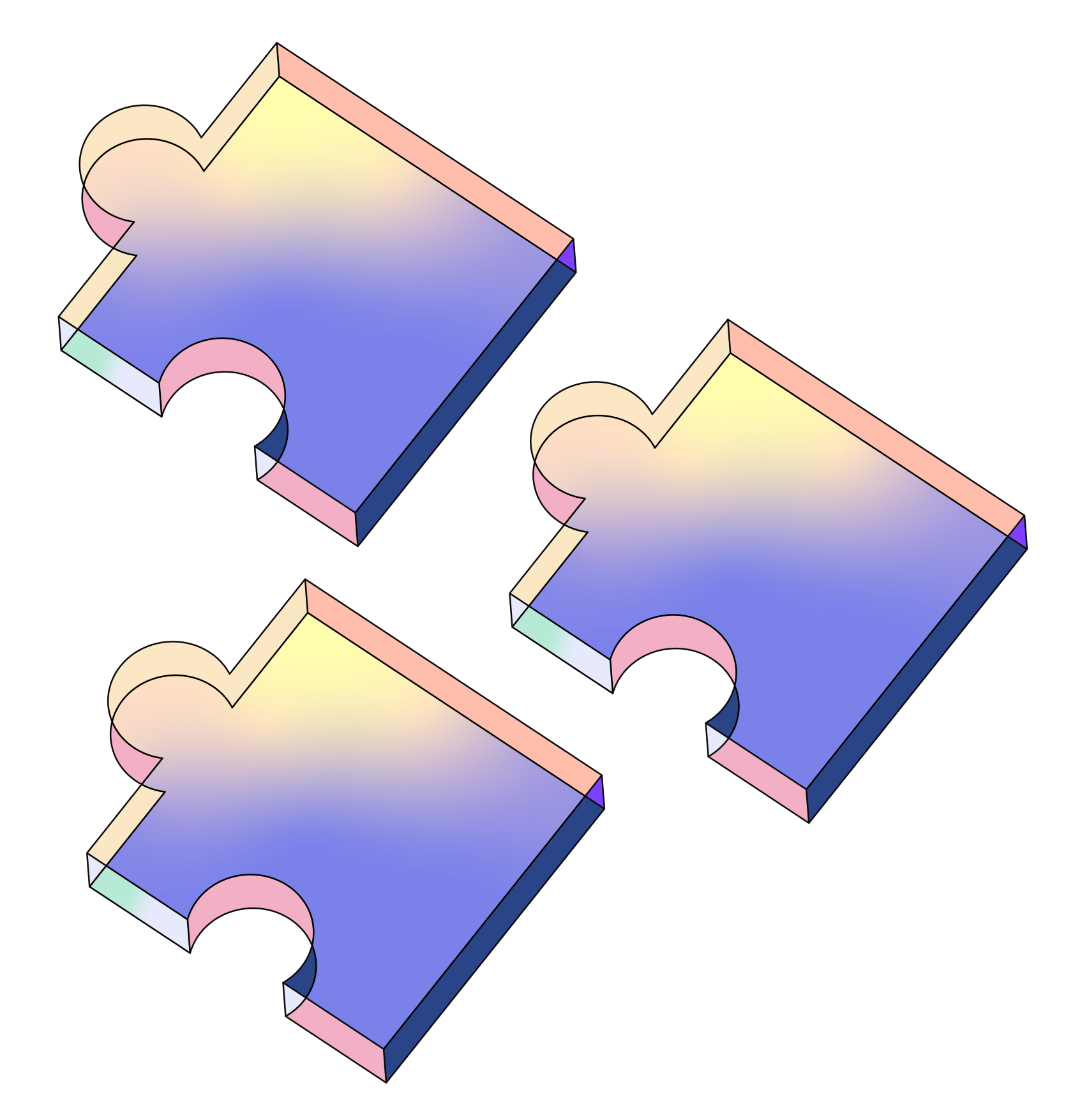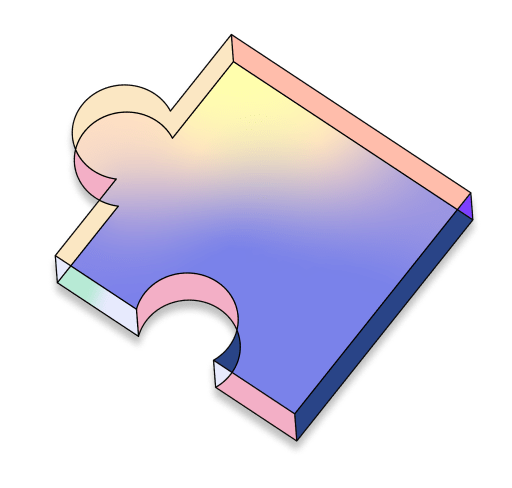obsidian-kg-plugin
An Obsidian plugin that integrates your notes with The Graph's Knowledge Graph using GRC-20 protocol
Project Description
Obsidian Knowledge Graph Plugin
Overview
This plugin pairs the power of Obsidian's note editor with The Graph's decentralized Knowledge Graph. It transforms your personal notes into a queryable, semantic knowledge base using the GRC-20 standard. While Obsidian requires paid subscriptions for syncing notes across devices, this plugin offers an alternative by publishing your knowledge to IPFS and The Graph's decentralized network, creating a natural sync mechanism that works without monthly fees or vendor lock-in.
The plugin goes beyond traditional sync by making your notes accessible to any DApp that understands GRC-20. Your research notes can feed into AI applications, your project documentation can integrate with decentralized collaboration tools, and your knowledge becomes part of the broader web3 ecosystem rather than being locked within a single application.
What It Does
The plugin converts your Obsidian notes into structured knowledge graph entities. Each note becomes a semantic entity with metadata and relationships. Your tags, links, and content create connections that others can discover and query. Notes get processed automatically, extracting titles, content, tags, and links to create GRC-20 entities with proper types and properties. Relationships form between notes based on shared tags, direct links, and content similarity.
Technical Details
Built with TypeScript for Obsidian's plugin architecture. Uses The Graph's GRC-20 library for blockchain interactions. Supports both testnet and mainnet deployments with configurable network settings. Users can create isolated knowledge spaces and control what content gets published. Auto-publishing enables real-time updates while manual curation gives precise control over published content.
Purpose
This plugin serves knowledge workers who want to contribute to the decentralized web while reducing dependency on centralized services. Your knowledge remains accessible even if platforms disappear. The semantic structure enables sophisticated querying that traditional note-taking systems can't provide. Instead of paying monthly fees for basic sync, you invest in making your knowledge part of the permanent web.
How it's Made
The project uses the GRC-20 Typescript library from The Graph to integrate with the Hypergraph.
It also uses the plugin platform of Obsidian to create a seamless experience from within the app with a one-click publish to the network.
The main challenge was to debug and figure out testnet network interactions with the very new Hypergraph stack that is still in heavy development.

